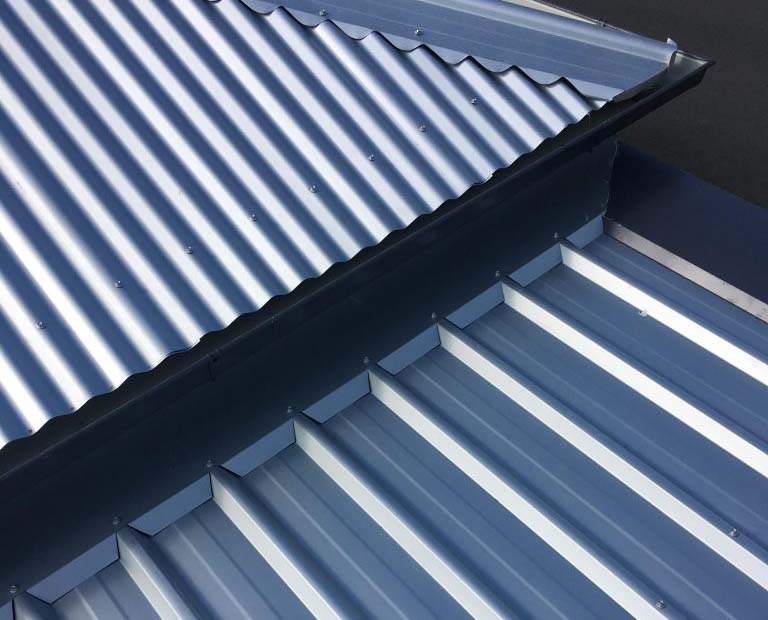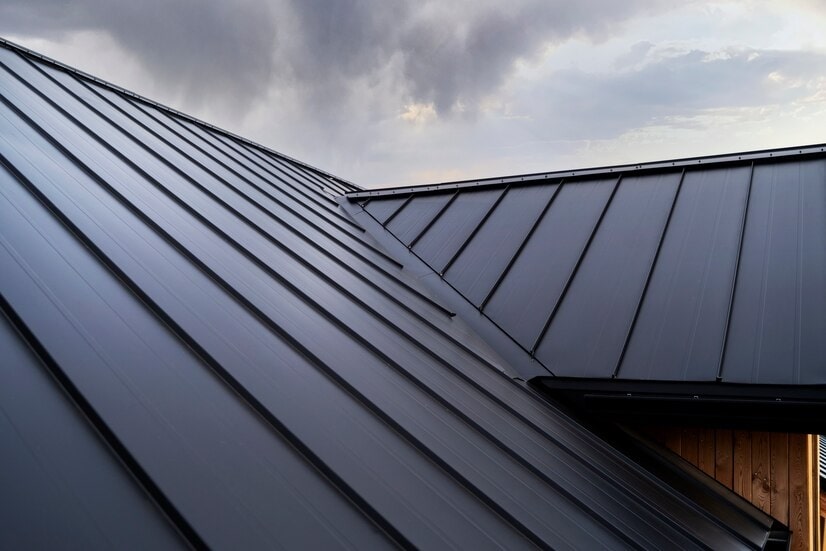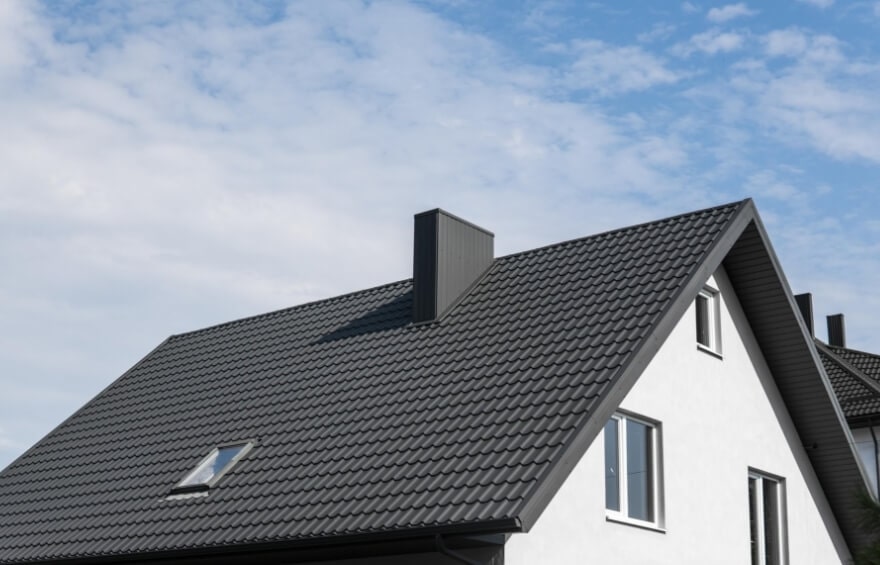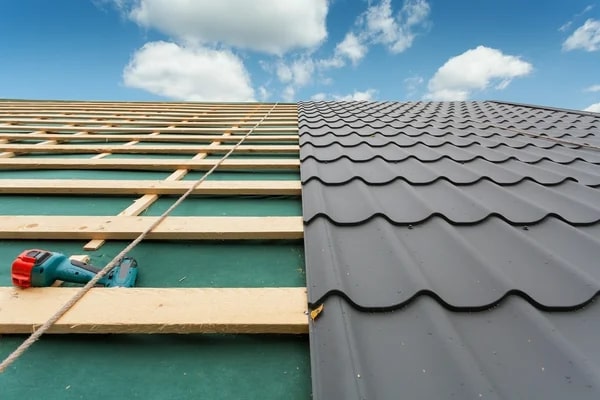Auckland homes deal with a unique mix of strong sun, sea air, high rainfall, and humid nights. That combination can push indoor temperatures up in summer, trap moisture in the roof space, and drive power bills higher than needed. Long run roofing is well suited to these conditions and can make a measurable difference to comfort and energy use.
What is Long Run Roofing?
Long run roofing uses roll-formed steel sheets, cut to the exact length of the roof run and fixed with concealed or well-sealed fastenings. Fewer laps and joints mean fewer weak points for water and air to get through. The sheets are lightweight, strong, and available in a range of profiles and colours, so you can balance performance with the look of your home.
View our Colour Options Available at Advance Roofing1) Reflects Heat to Reduce Cooling Demand
Metal naturally reflects a good portion of solar radiation. In practical terms, that means the roof absorbs less heat during the hottest part of the day, so the ceiling space does not act like a radiator in the evening. On north and west-facing slopes, the effect is noticeable. Pair reflective long run roofing with a light colour, and you can shave several degrees off peak roof surface temperatures. Lower roof temperatures reduce the strain on fans and heat pumps during summer, which translates to lower electricity use.
Tip: Choose lighter colours for sun-exposed elevations. Darker tones still work well in Auckland, but they will warm faster. If you prefer a deep colour, prioritise good insulation and ventilation under the sheets.
2) Works with Insulation & Thermal Breaks
Energy efficiency is never the roof cladding on its own. Performance comes from the full build-up: roofing, underlay, thermal breaks, and insulation. Long run roofing accommodates these layers easily.
- Roof underlay and blankets. A high-quality underlay limits wind-driven rain and helps manage vapour. Adding a roof blanket or insulated panel beneath the metal reduces conductive heat flow and dampens rain noise at the same time.
- Thermal breaks. A thin and rigid foam or strip between the steel and purlins interrupts thermal bridging, which stops heat bleeding through the framing.
- Ceiling insulation. Maintain clear, continuous insulation at the ceiling line. Gaps around downlights or access hatches undermine the benefits of the roof upgrade.
Get these layers right, and you create a stable thermal envelope that keeps warm air inside during winter and hot air out during summer.
3) Promotes healthy ventilation and moisture control
Auckland’s humidity can lead to condensation in cold roof spaces. Long run roofing allows simple, reliable ventilation strategies that protect insulation performance.
- Intake and exhaust. Soffit vents combined with ridge or gable vents create a passive airflow path that removes warm, moist air from the cavity.
- Breathable underlays. Permeable underlays let vapour escape while still shedding water.
- Anti-condensation options. For areas prone to overnight dew, anti-condensation fleece on the underside of the sheet can absorb and release moisture before it drips.
Drier roof spaces protect timber framing, reduce mould risk, and keep insulation effective, which all support lower energy use.
4) Durable Coatings that Keep Performing
Modern long run roofing uses corrosion-resistant substrates and colour coatings designed for UV and coastal exposure. A stable, intact coating keeps the roof reflective and watertight over decades. That reliability matters for energy efficiency because wet insulation and air leaks are two of the fastest ways to undo a home’s thermal performance. With the right product choice for your site exposure, you minimise maintenance downtime and keep the building envelope working as intended.
5) Lightweight Structure with Lower Life-Cycle Impact
Steel sheets are light compared with many alternatives, so reroofing usually requires minimal structural changes. Less weight can mean fewer materials in supporting members, which is positive from a life-cycle perspective. At end of life, roofing steel is fully recyclable, often re-entering the material stream without losing core properties. Long lifespan plus recyclability means fewer replacements, less waste transport, and a smaller embodied-energy footprint across the roof’s service life.
6) Solar-ready & Rainwater Friendly
If you plan to add solar PV, long run roofing provides an ideal platform. Continuous sheets and consistent purlin spacing make it straightforward to mount rails with weather-tight fixings. The combination of a reflective roof and photovoltaic array can further reduce summertime roof temperatures by shading part of the surface.
For rainwater collection, smooth steel surfaces shed debris efficiently and are easy to keep clean. Cleaner catchments support better tank water quality and less frequent maintenance of filters and gutters.
7) Designed for Auckland Weather
Long run roofing handles Auckland’s frequent showers and wind gusts well because laps are limited and profiles are engineered to channel water quickly into gutters. Secure fixings resist uplift in high wind zones. Purpose-made flashings manage junctions around chimneys, skylights, and parapets, reducing the chance of wind-driven rain finding a way in. A dry, airtight roof is an energy-efficient roof.
Contact Advance Roofing for Long Run Roofing Solutions
Long run roofing is a smart upgrade for energy-conscious Auckland homeowners. It reflects heat, partners well with modern insulation and ventilation, stays dry and weathertight through changeable conditions, and lasts for decades with modest care. With the right colour, coating, and build-up, you can reduce cooling loads in summer, maintain warmth in winter, and protect the integrity of your home’s thermal envelope all year.
If you are planning a reroof, specify long run roofing with a complete efficiency package: reflective colour, breathable underlay, thermal breaks, continuous insulation, and passive ventilation. Done once and done well, it delivers comfort, resilience, and long-term savings.
Get in Touch









